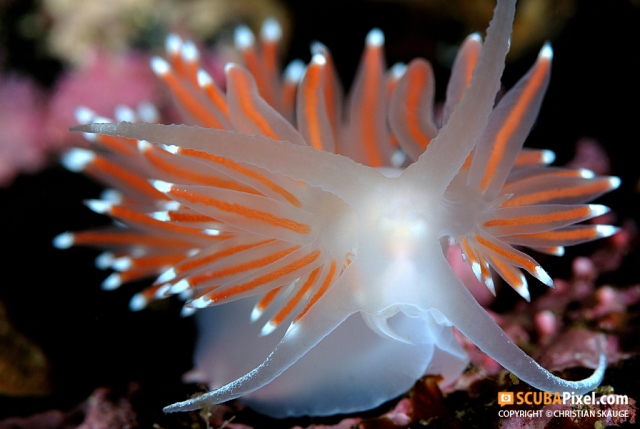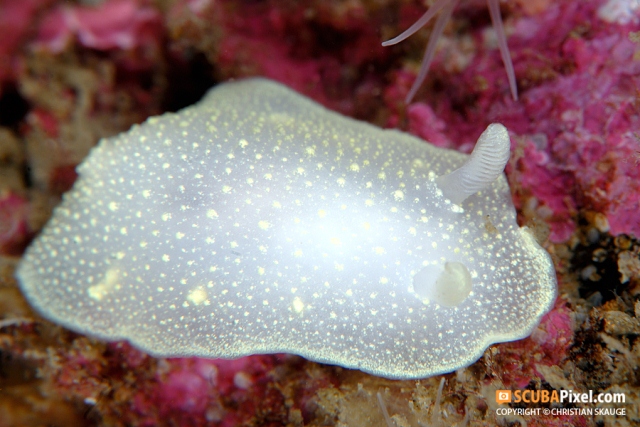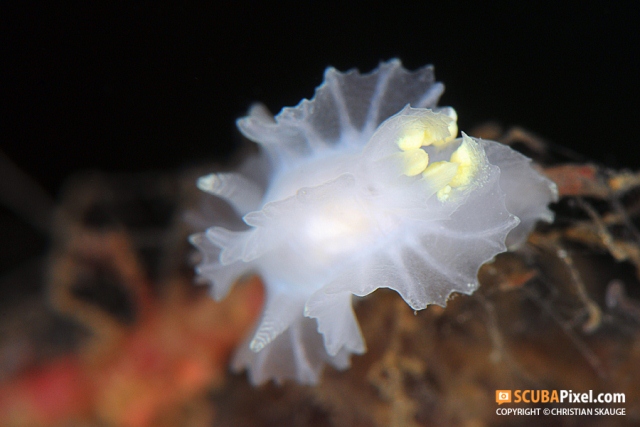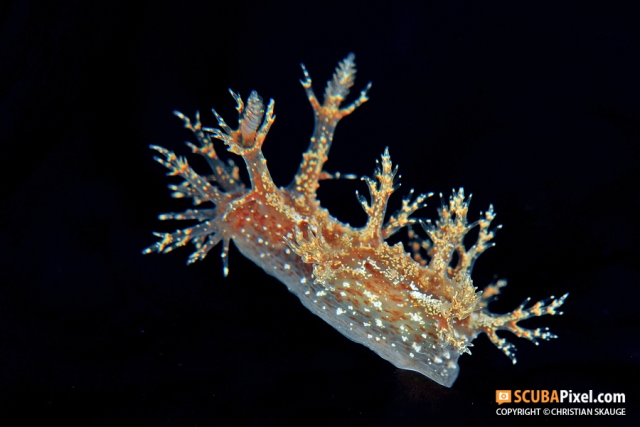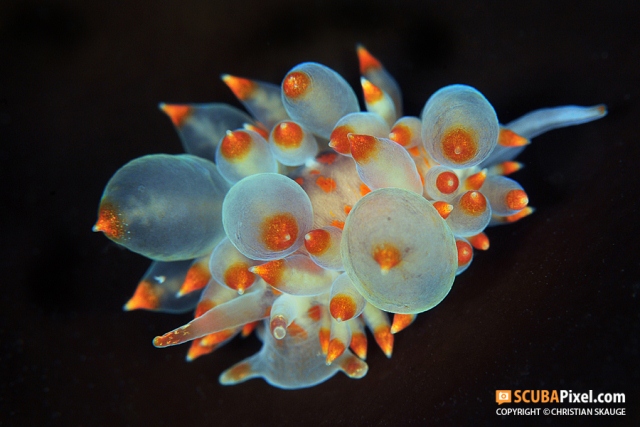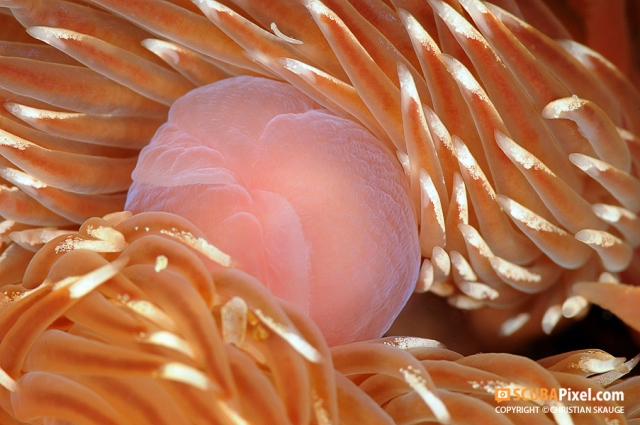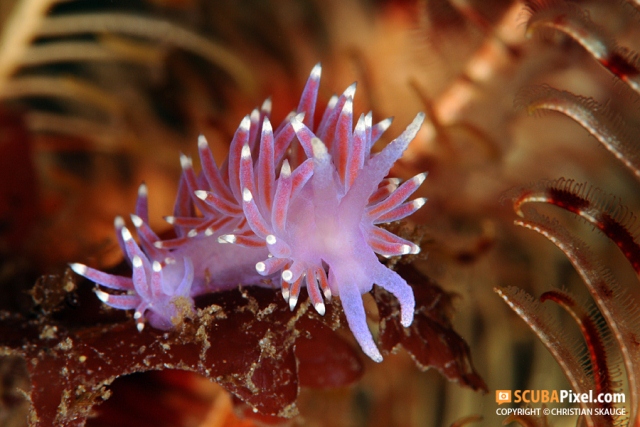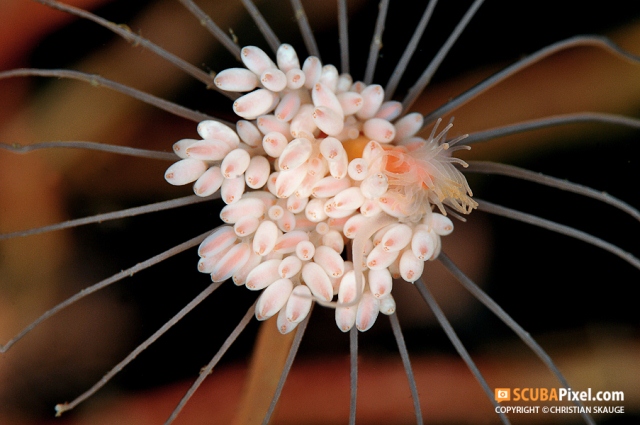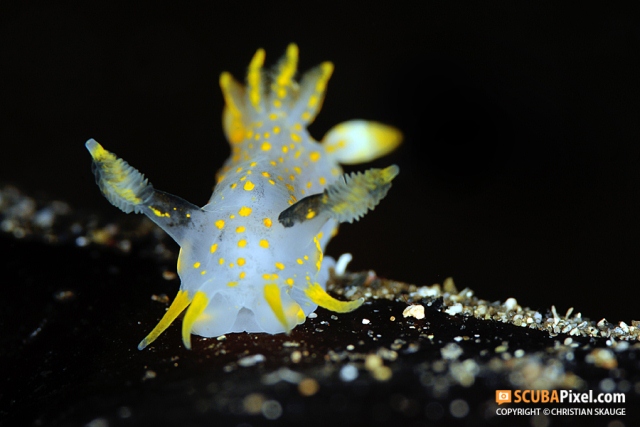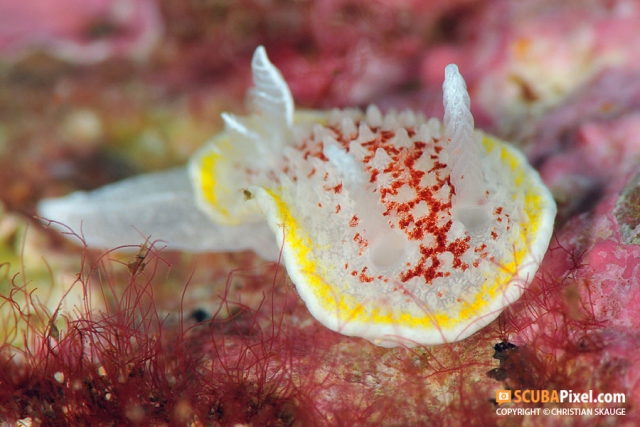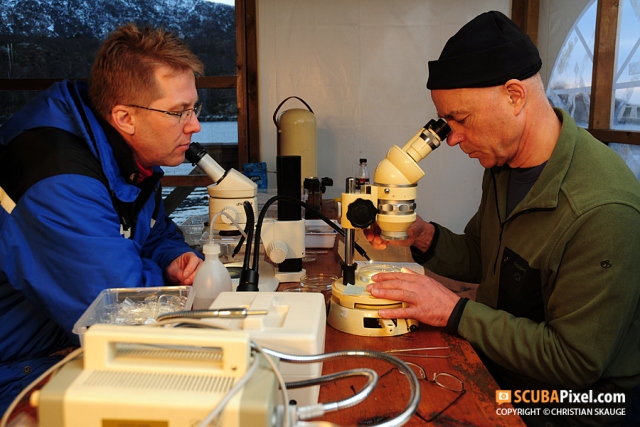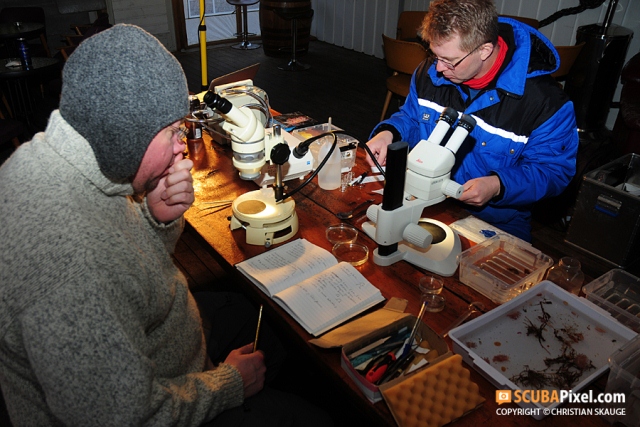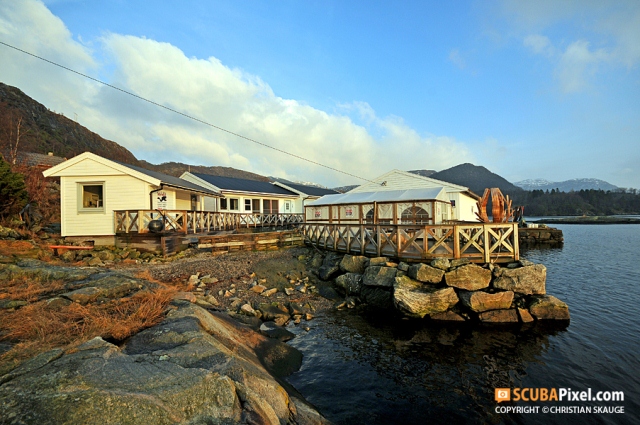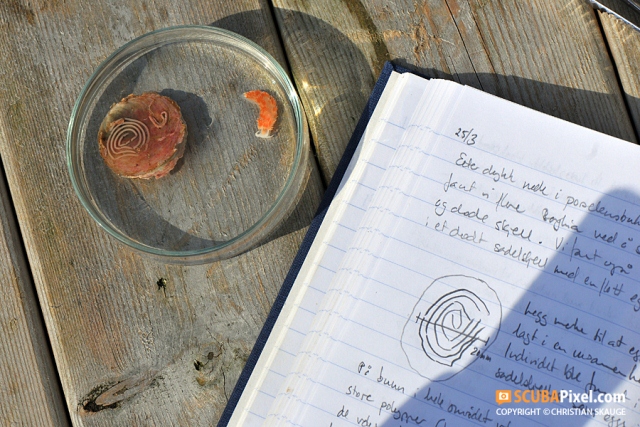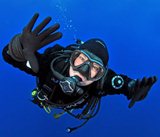
Christian Skauge
Side Information
Tour:
Nudibranch Safari at Gulen Dive Resort, north of Bergen on the Norwegian west coast.
Several options in March 2014
Accommodation:
Shared twin rooms at Gulen Dive Resort, directly at the waterfront and no more than 20 meters from where the dives start. Self-catering (food not included), supermarked just 5 minutes away.
Workshop:
The Nudibranch Safari is a workshop for anyone interested in nudibranchs. You will learn more about underwater photography, identification, biology, reproduction, feeding habits and classification of nudibranchs. The workshop is lead by internationally acclaimed experts in the field. Lectures are given every day, and there will be plenty of opportunity to study what has been found.
Diving:
Diving is done at the house reef of Gulen Dive Resort, including short boat trips in the immidiate surrounding area. More than 60 species of nudibranchs have been spotted here! Unlimited house reef diving with tanks, air and weights are included.
Gulen Dive Resort
Glosvikveien 134
N-5960 Dalsøyra, Norway
Phone: +47-95 04 60 01
Email: orjan@gulendiveresort.com
Web: www.gulendiveresort.com
More info:
www.scubapixel.com/nudisafari
Skinny dipping in Gulen
The waters off the west coast of Norway is filled with nude beauties. Dressed in their most seductive and colorful outfits, they are all bisexual and their favorite position is the enticing 69. Sounds interesting? Join the Nudibranch Safari at Gulen Dive Resort and learn more about the butterflies of the sea!
The universe of the nudibranchs is a strange microcosmos - and if you get hooked, you'll soon find yourself addicted to looking for new and ever stranger species. For most people it takes several years of scuba diving before they see their first nudibranch, but as soon as you discover these delicate little creatures you'll start seeing them on almost every dive.
The colors and shapes give them an alluring power much greater than their size. Even big, burly fellows with twin-tanks and tough-guy attitude might come back on shore with a soft look on their face, saying "man, did you see that beeeautiful slug?"
Nudibranchs are carnivores, and feed on almost all kinds of other animals. If you want to find a particular species, it helps to know what it feeds on: Many prefer hydroids, while others feed on bryozoans, dead men's fingers soft coral, sponges, bryozoans, anemones, barnacles and even eggs from other nudibranchs.
Naked gills and kinky mating
Nudibranchs comes in two categories - those that are hard to find, and those which are impossible to overlook, at least seen from a divers point of view. A little more scientifically they are described as the nudibranchia, literally meaning "naked gill". As the name implies they don't have a house on their backs. Nudibranchs are generally divided into four main groups.
The nudibranchs have rather special preferences when it comes to reproduction, because they are hemaphrodites. This means they have both male and female reproductory organs.
The upside to this ingenious reproduction scheme is the possibility for all mature individuals to reproduce, and they can do so with any other nudibranch of the same species which they encounter. If you spot two nudibranchs laying side-by-side in a cheeky 69-position, they are most certainly mating, as their reproductive organs are positioned on their right side.
Nudibranch Safari
The west coast of Norway is an exceptionally good place to go looking for nudibranchs. The main hotspot is the house reef of Gulen Dive Resort just north of Bergen, where 63 of Norway's around 90 species has been found in recent years. The resort hosts an annual Nudibranch Safari in the end of March, which is high season for nudibranchs in Norway.
Diving just on the house reef, divers with a keen eye can easily spot over 20 different species on a single dive. The bottom is sometimes almost completely covered with thousands of colorful slugs, and visitors from all over Europe are impressed both by the great variety of species and the sheer number of nudibranchs that can be seen.
On the Nudibranch Safari experts are on hand to teach the participants more about nudibranch biology, behavior, feeding habits and identification. Gulen Dive Resort offer two English and one Russian Nudibranch Safari, in addition to a Nudibranch Symposium aimed at researchers and scientists working with opisthobranchs.
All the events are held in March 2014 and are hosted by Bernard Picton of Ireland, famous underwater photographer Dr. Alex Mustard from the UK, Dr. Jussi Evertsen and Dr. Torkild Bakken of Norway and Dr. Alexander Martynov and Dr. Tatiana Korshunov or Russia.
Christian Skauge
